Trump Slaps 100% Tariff on Pharmaceuticals: “No Exemptions Without U.S. Plants”
Input
Modified
Investigation launched in April under Section 232 of the Trade Expansion Act Tariff rate lower than the previously signaled maximum of 250% Ambiguities remain over scope of application, with further measures expected
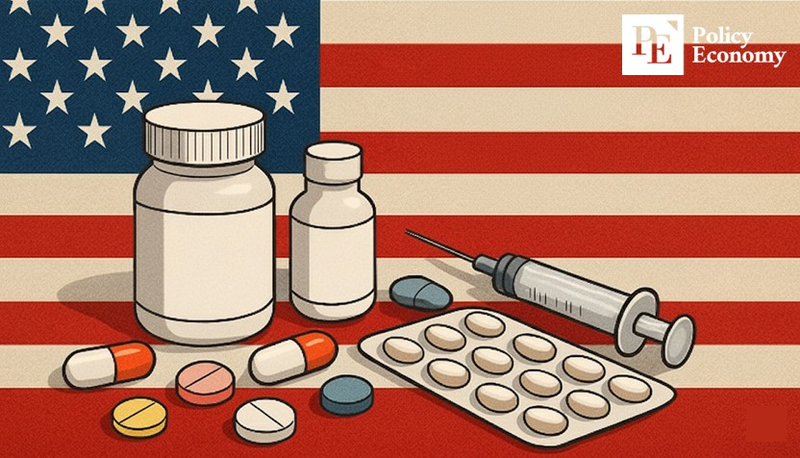
The Trump administration has announced a sweeping measure to impose a 100% tariff on pharmaceutical companies and medicines that lack domestic manufacturing facilities in the United States. The move comes five months after the Department of Commerce launched an investigation in April under Section 232 of the Trade Expansion Act. Although the final tariff rate is lower than the previously floated figure of up to 250%, industry watchers warn that the impact on the global pharmaceutical market could be profound. With the scope of application still ambiguous, further announcements from Washington are expected.
Exemptions for Factories Under Construction
On the 25th (local time), President Donald Trump declared on Truth Social that “starting next month, branded and patented pharmaceuticals from companies that do not build manufacturing plants in the United States will face a 100% tariff.” He clarified the conditions for exemption, stating, “If a company is building a pharmaceutical plant in the United States, tariffs will not apply,” adding that “construction means that foundation work has begun or actual construction is underway.”
The decision stems from Section 232, which authorizes the U.S. president to restrict imports deemed a national security threat, based on Department of Commerce findings. The department initiated its probe into pharmaceuticals in April and reportedly submitted its report to the White House in July. At present, U.S. tariffs on imported pharmaceuticals range from 15% to 25%.
Higher Tariffs than on Automobiles
President Trump has repeatedly pledged to impose high tariffs on pharmaceuticals, though the rates have shifted over time. The finalized 100% duty is lower than earlier floated figures. At a cabinet meeting in July, Trump suggested granting a one-year grace period before imposing tariffs, hinting at a potential 200% levy. In an August interview with CNBC, he described a phased plan: modest tariffs initially, rising to 150% after a year, and then 250%. As recently as September 16, before departing the White House for a visit to the U.K., he reiterated, “Pharmaceuticals and semiconductors have higher margins than automobiles. We impose 25% on cars; therefore, even higher tariffs are justified for pharmaceuticals and semiconductors.”
Uncertainty persists not only over the rates but also over scope. Industry questions remain on whether biosimilars or generics will be exempt and whether contract manufacturing (CMO) arrangements qualify as “plants under construction.” Many in the industry expect such categories to be excluded from the tariffs. Trade negotiations will also play a role. The European Union has secured a separate agreement capping duties on European pharmaceuticals at 15%. Given the imminent enforcement date, further clarifications from Washington are expected soon.
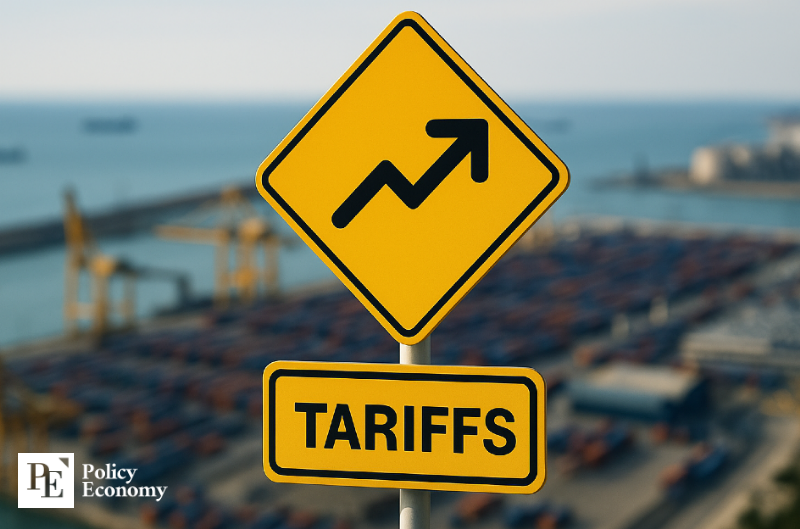
Global Pharma Races to Expand U.S. Production
Governments and industry players worldwide are scrambling to respond. Japan anticipates a 15% tariff on its pharmaceuticals under the recent U.S.-Japan trade agreement, which stipulates that duties on Japanese goods will not exceed those imposed on other trading partners. However, the presidential proclamation signed by Trump on September 4 contained no such assurance, leaving lingering uncertainty.
Meanwhile, multinational drugmakers are rushing to expand U.S. operations. Fujifilm inaugurated a massive new facility in Holly Springs, North Carolina, on the 24th. The $3.2 billion site, the largest contract development and manufacturing organization (CDMO) hub in the country, features a central corridor as long as Tokyo Tower with buildings flanking both sides. Eight bioreactor tanks scheduled to go online this year will produce 50 million doses annually, with plans to double capacity by 2028.
Swiss giants Roche and Novartis are also shifting fully to U.S. production for their American sales. Roche will significantly expand output at its U.S. plants to meet local demand and export surpluses abroad, while Novartis intends to manufacture all key medicines domestically, ceasing U.S.-bound exports from overseas plants. Both companies already had a significant American footprint, but this year announced ambitious new investments: $50 billion by Roche and $23 billion by Novartis.
South Korean pharmaceutical and biotech firms are also mobilizing. Celltrion has transferred two years’ worth of inventory to the U.S. and is expanding CMO contracts. On the 23rd, it signed an agreement to acquire Eli Lilly’s biopharmaceutical production facility in the U.S. SK Biopharm is securing inventories of its epilepsy drug cenobamate while boosting output via outsourcing. Samsung Biologics and Daewoong Pharmaceutical are also exploring joint responses with partners. According to one industry insider, “With stockpiles and contingency measures in place, the short-term impact should be manageable.”

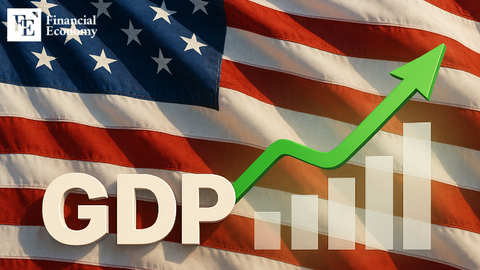
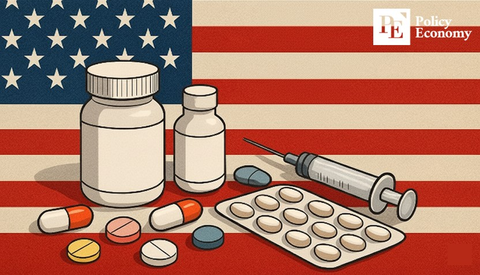
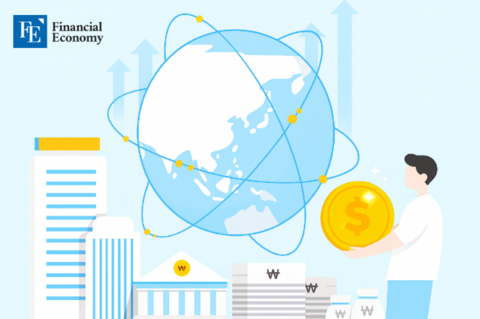
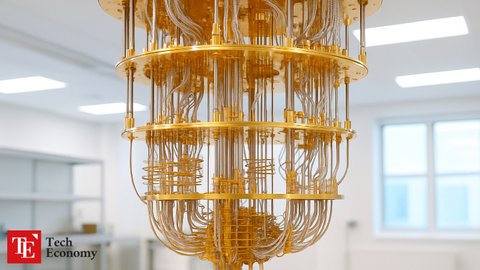

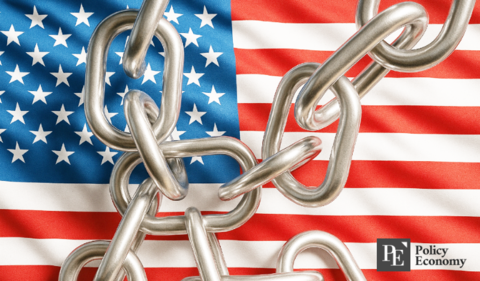
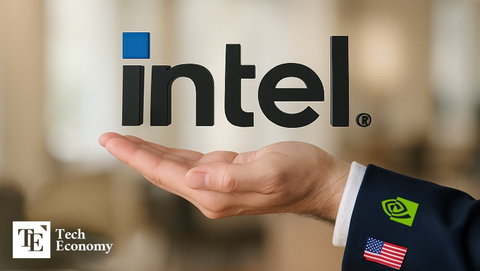
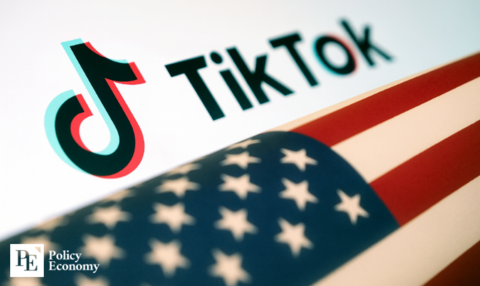
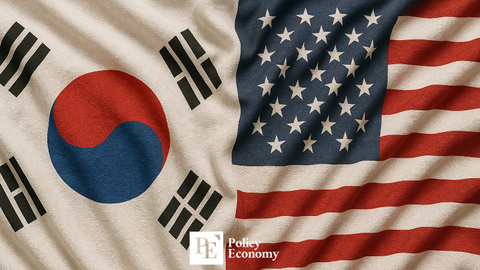












Comment